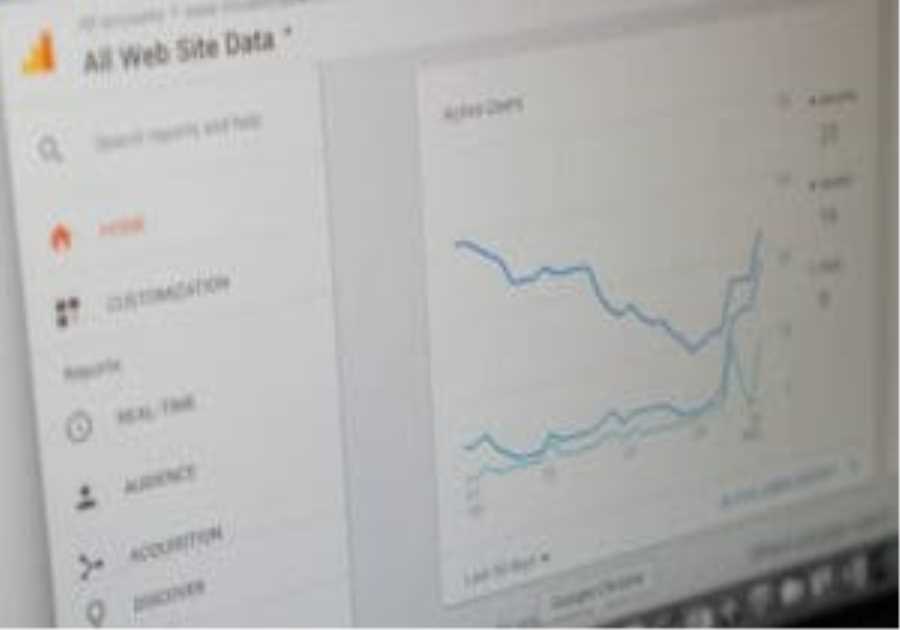Home price growth continued to cool in September according to the S&P Cotality Case-Shiller Index released on Tuesday.
The U.S. National Home Price Index came in at a reading of 328.94, representing at 1.3% annual price gain, down from a 1.4% year-over-year increase in August. This is the slowest pace of annual home price growth since July 2023. On a monthly basis, the index was down 0.3% in September.
“Price growth slowed even as mortgage rates fell in September. Affordability is the biggest constraint in the market right now,” Lisa Sturtevant, the chief economist at Bright MLS, said in a statement. “According to the Case-Shiller index, home prices have risen more than 50% since 2019. Over that same period, the median household income has increased by just over 20%. Many would-be buyers are simply being left out of the housing market.”
This marked the fourth consecutive month inflation outpaced home price growth, as September’s Consumer Price Index data ran 1.7 percentage points above housing appreciation, which is the widest gap since the measures began diverging in June.
The 20-city index posted a 1.4% annual increase to a reading of 357.84. In August, the annual price growth was 1.6%.
The 10-city index, which came in at a reading of 338.25, recorded a 2.0% annual increase, down from 2.1% in August.
Chicago posted the largest annual price gain among the 20 cities indexed at 5.5%. The Windy City was followed by New York and Boston, which had annual increases of 5.2% and 4.1%, respectively. At the other end of the spectrum, Tampa recorded the largest annual price decrease, with prices falling 4.1% year-over-year in September.
According to Sturtevant, the annual price growth in these higher priced metros is evidence of a “K-shaped” housing market.
“Higher-cost markets, with higher-income buyers, are seeing faster price growth. For example, the Chicago and New York metro areas had the fastest price growth in September, with year-over-year changes more than four times the national average,” she said. “In the Mid-Atlantic area, the luxury market has been outperforming the overall market as high-end buyers are more financially secure and better able to bring cash to the transaction.”
Month-over-month, all the cities indexed posted price decreases prior to seasonal adjustment, with Tampa posting the largest decline at -0.95%, closely followed by San Diego (-0.92%) and Seattle (-0.91%).
“The geographic rotation is striking. Markets that were pandemic darlings — particularly in Florida, Arizona, and Texas — are now experiencing outright price declines,” Nicholas Godec, the head of fixed income tradables & commodities at S&P Dow Jones Indices, said in a statement. “Meanwhile, traditionally stable metros in the Northeast and Midwest continue to post solid gains, suggesting a reversion to pre-pandemic patterns where job markets and urban fundamentals drive appreciation rather than migration trends and remote-work dynamics.”
Looking ahead, economists anticipate the trend of slower price growth to continue.
“With mortgage rates stubbornly elevated and affordability at multi-decade lows, the market appears to be settling into a new equilibrium of minimal price growth, or in some regions, outright decline,” Godec said.
------------Read More
By: Brooklee Han
Title: Home price growth cools further in September
Sourced From: www.housingwire.com/articles/september-home-price-index/
Published Date: Tue, 25 Nov 2025 15:50:08 +0000
.png)





